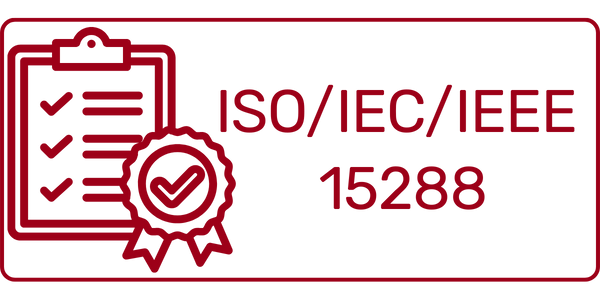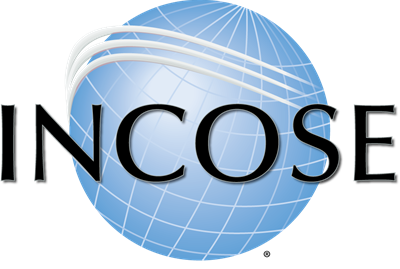SE Explained
The systems engineering perspective is based on systems thinking. Systems thinking is a unique perspective on reality - a perspective that heightens our awareness of wholes and the interrelationships of the parts within those wholes. When a system is viewed as a combination of system elements, systems thinking recognizes the primacy of the whole (system) and the primacy of the relationship of the interrelationships of the system elements to the whole. Systems thinking occurs through discovery, learning, diagnosis and dialog that lead to capturing, modeling and talking about the real world in order to better understand, define and work with systems. A systems thinker knows how systems fit into the larger context of everyday life, how they behave and how to deal with them.

What is systems engineering?
Systems engineering is a transdisciplinary and integrative approach that enables the successful realization, use and decommissioning of technical systems using system principles and concepts as well as scientific, technological and management methods.
We use the terms “engineering” and "engineering" in the broadest sense: “the act of working artfully to make something happen”. “Constructive systems” can consist of individual or all people, products, services, information, processes and natural elements.
Historical Origin
The term systems engineering goes back to the Bell Telephone Laboratories in the early 1940s [Schlager, 1956; Halle, 1962; Fagen, 1978]. Fagen [1978] traces the concepts of systems engineering at Bell Labs back to the early 20th century and describes important applications of systems engineering during World War II. Hall [1962] claims that the first attempt to teach systems engineering as we know it today was made at MIT in 1950 by Mr. Gilman, Director of Systems Engineering at Bell.
Hall [1962] defined systems engineering as a function with five phases:
1. systems studies or program planning;
2. exploratory planning, which includes problem definition, goal selection, system synthesis, system analysis, selection of the best system, and communication of results;
3. development planning, which repeats phase 2 in more detail;
4. studies during development, which includes the development of parts of the system and the integration and testing of these parts;
5. and Actual Engineering, which takes place while the system is in operation and being refined.
The RAND Corporation was founded in 1948 by the United States Air Force and developed systems analysis, which is certainly an important part of systems engineering.
The Department of Defense entered the world of systems engineering in the late 1940s with the initial development of missiles and missile defense systems [Goode and Machol, 1957].
Paul Fitts, in the late 1940s and early 1950s, was concerned with the mapping of system functions to the physical elements of the system [Fitts, 1951].
©2000 Dennis Buede, The Engineering Design of Systems: Models and Methods, John J. Wiley & Sons. Used with permission. Full reference citations can be found in the text.
Definitions
In order to create a uniform understanding of the various terms, the most relevant SE terms are defined on the “Definitions” page.

Standards and Norms

Over the years, various standards and norms have been developed that are relevant to systems engineering. Relevant standards and norms for SE will continue to be developed in the future, particularly through cooperation between GfSE and DIN and ISO.
SE Vision 2035
The Systems Engineering Vision 2035 is intended to inspire and guide the strategic direction of systems engineering for the global systems community.
The Systems Engineering Vision 2035 is intended to inspire and guide the strategic direction of systems engineering for the global systems community. This community includes organizational leaders, practitioners, and students, as well as others who serve this community, which includes educators, researchers, professional associations, standards bodies, and tool providers. It is intended to apply to a wide range of application areas, including biomedicine, defense, healthcare, power and energy, telecommunications, transportation, and many others.
This vision can be used to develop strategies for advancing the systems engineering capabilities of a company or project. The vision can also be used to support direct investment and collaborative efforts to advance the discipline and broaden the skill base to address current and future challenges related to systems engineering. Readers will also gain insights into trends impacting business competitiveness and how systems engineering will respond to these trends, including digital transformation, sustainability, intelligent systems, and complexity growth, as well as advances in modeling, simulation, and visualization.
This vision was sponsored by INCOSE and created by a team of leaders from the systems community with input from industry, academia and government. The Systems Engineering Vision 2035 addresses:
-
The global context for systems engineering
-
The current state of systems engineering
-
The future state of systems engineering
-
Realizing the vision
We encourage you to work with INCOSE to contribute to the realization of this vision.






